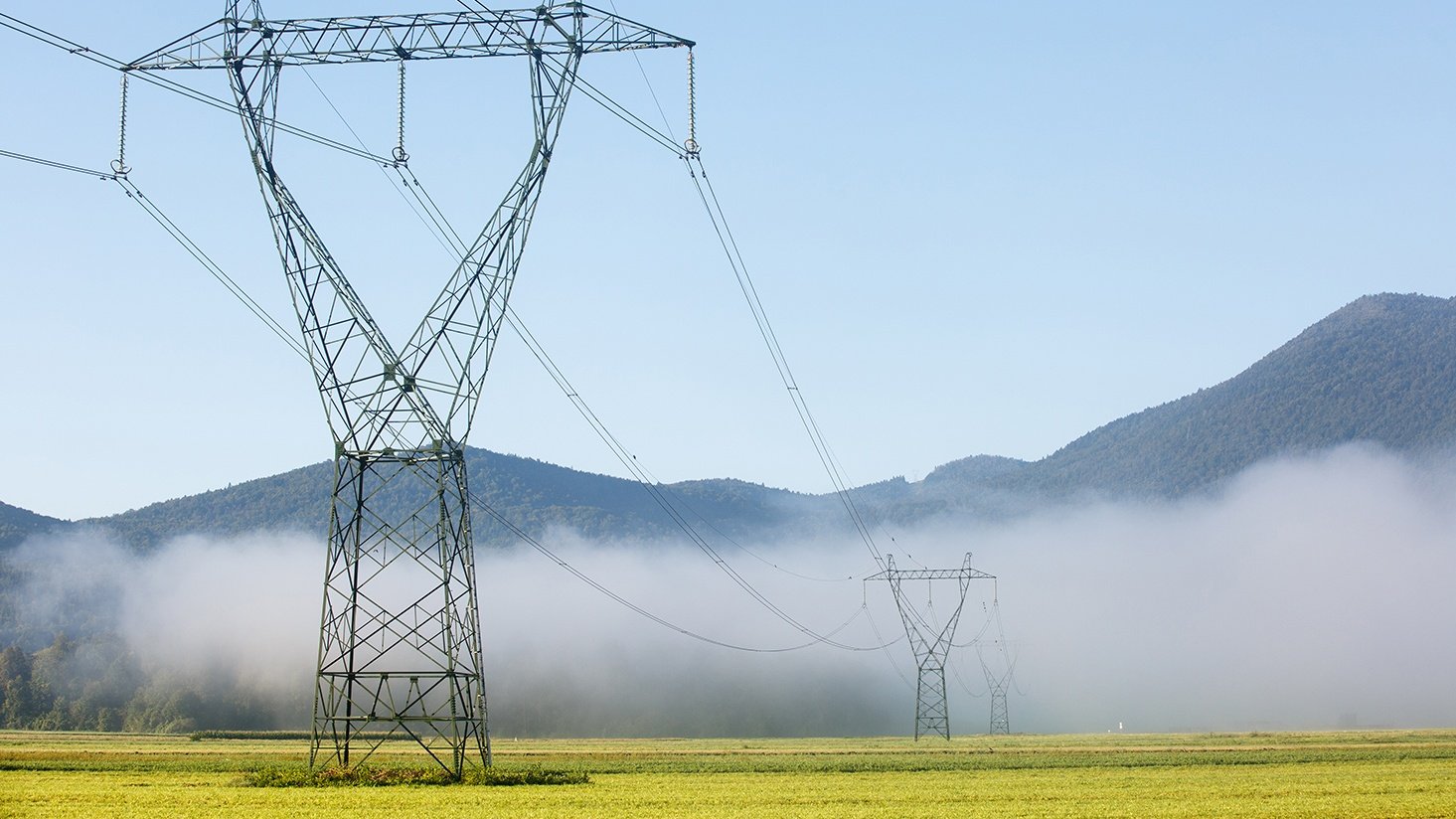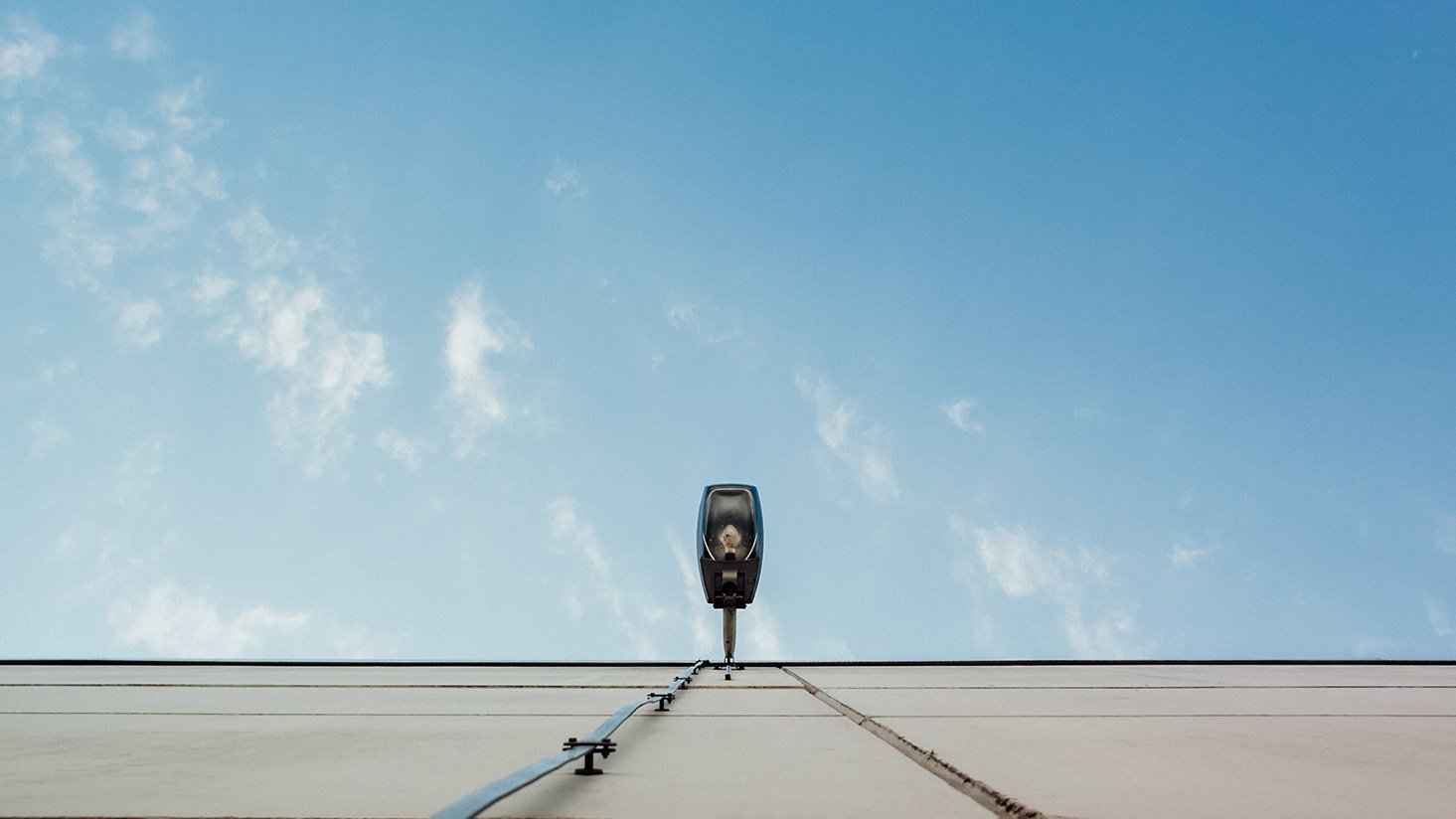What does it mean for a product to be DLC listed?

As in most industries, a handful of key standards and regulations exist in the lighting industry to help consumers make educated buying decisions.
We discussed this recently on this blog when we explained the importance of ENERGY STAR certified lighting products.
Another important certification: DLC.
Maybe you've seen that label around – "DLC listed" or "DLC approved."
What does that mean and how is that designation handed out?
DLC stands for DesignLights Consortium, and if a lighting product has earned certification from that organization, it signals a high level of energy efficiency.
An overview of DLC
According to its website, DLC "promotes quality, performance, and energy efficient commercial sector lighting solutions through collaboration among its federal, regional, state, utility, and energy efficiency program members, luminaire manufacturers, lighting designers, and other industry stakeholders throughout the US and Canada."
The program first began in 1998 as a regional certification for the Northeast and Mid-Atlantic regions of the country. It was meant to solve for the disparity between energy efficient lighting products and high-quality lighting products. Still today, it is managed by the Northeast Energy Efficiency Partnerships (NEEP).
Unlike Energy Star, DLC is specific to the lighting industry. You will never see a DLC listed dishwasher or air conditioner.
Another important distinction between the two is that you won't see the DLC label on any consumer grade products – only commercial ones. Energy Star lays claim to consumer and commercial product labels.
The DLC qualifies commercial LED luminaires, retrofit kits, and linear replacement lamps. The organization then works with utility companies around the country, and in Canada, to include DLC listed products in lighting rebate and incentive programs. The key here is that DLC applies to fixtures and LED tubes, which are not covered by the Energy Star label. Most utility companies require fixtures to be DLC rated in order to qualify for rebates, which are often an important part of creating a retrofit program that makes financial sense. So, at Regency, we try to specify and purchase DLC fixtures on nearly any project that will include rebates.
For a lighting product manufacturer to achieve DLC qualification for a particular product, they have to submit a paid application and participate in extensive third-party testing on the product to prove whether the product performs as the manufacturer claims it will. There are three main tests products undergo to achieve DLC status: LM 79, LM 80, and In-Situ Temperature testing.
How does DLC affect my lighting purchase?
The DLC label provides some certainty for decision makers. The organization's stringent standards – from quality to energy efficiency to warranty – do a lot of the vetting and due diligence that you would otherwise need to perform when working with a lighting manufacturer.
How do you know if the manufacturer's spec claims are legitimate? DLC validates them.
What questions should you ask a lighting manufacturer? Here are the top 9.
One of the reasons that DLC listing has come into the limelight is the growth of LED fixture rebates from utilities. Since the Energy Star label doesn't apply to LED fixtures, most fixture-focused utility rebates require the DLC label for the product to qualify.
Just because a product is not DLC listed, however, doesn't mean you shouldn't buy it. It only means the product either failed to meet the energy efficiency or quality standards set forth by DLC or it simply hasn't applied for the qualification or hasn't yet completed the application process.
As with so many things in the lighting industry, the complexities that go into DLC listing requisites can be overwhelming. So if you're having trouble making sense of it all, don't be ashamed. That's normal. Just recognize the importance of working with a lighting expert who can guide you through the tricky details and come to a buying decision that makes sense for your specific application and needs.











